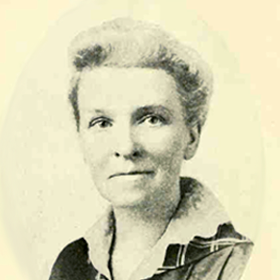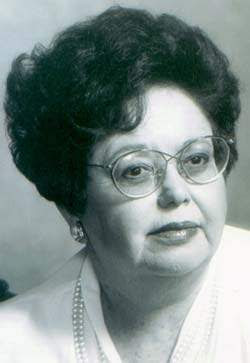Westport artist and author Mercy Etta Baker (1876-1957) focused on the Westport landscape, its dunes and natural beauty, in her paintings. Her writings, published in two books and a variety of popular periodicals, tell of her experiences living in Westport and New Bedford. Her 1924 sonnet “New Bedford” is a tender recollection of New Bedford’s whaling days.
Westport artist and author Mercy Etta Baker (1876-1957) was the daughter of Jehiel and Abby L. (Gifford) Baker and lived during her early years at the Point (1998 Main Road). Both her father Jehiel and her grandfather John Hopkins Baker owned many acres of land on Horseneck, on which they grew cranberries. This was a sizeable business employing many local residents. Mercy undoubtedly grew up exploring Horseneck Beach and in her adulthood she inherited many acres of West Beach. In 1915 she subdivided her land into 97 lots, most of which were 50 feet in width, for the purposes of sale. She aimed to encourage the growth of a summer cottage settlement and actively discouraged commercial development by including a restriction against the sale of alcohol in the deed of every lot sold. Much of her property eventually came under the control of the state and today is known as Horseneck Beach State Reservation. This Westport landscape and its seasons became the focus of her paintings, mostly postcard-sized watercolors.
![[Horseneck], Mercy Etta Baker, c. 20th century, watercolor, courtesy of New Bedford Whaling Museum 1984.10.26 A watercolor painting of Horseneck beach. There are swaths of bushes and trees lining a horizontal path of sand.](https://historicwomensouthcoast.org/wp-content/uploads/2022/11/Horseneck-e1668714333275-300x178.jpg)
Although she had no children, Mercy acted upon her concern for young people. Her adoption of an Italian war orphan named Lucia Stocutto through the Foster Parents Plan for War Children was reported in the newspaper. Her will also provided for the education of Shakuntala Joshi, whom she had supported for years through the Christian Children’s Fund. She left money to a long list of organizations such as several Monthly Meetings of Friends and the Seeing Eye, Inc. of New York. Another act of unusual generosity was her gift in 1940 of a piece of waterfront property at West Beach to New York newspaper columnist Charles B. Driscoll who had loved New Bedford’s beaches. She simply sent him the deed.
Mercy died at the age of 80 at her New Bedford home on Cottage Street.
Five of Mercy Etta Baker’s watercolors are on display at New Bedford Whaling Museum as a part of the Re/Framing the View: Nineteenth-century American Landscapes exhibition through May 14, 2023.
This text originally appeared in “The Painting and Poetry of Mercy Etta Baker,” an exhibit at Westport Historical Society in 2008.
edited by Ann O’Leary, Emily Bourne Research Fellow
Additional information from
-
Blasdale, Mary Jean. Artists of New Bedford: A Biographical Dictionary. New Bedford Whaling Museum, The Old Dartmouth Historical Society, 1990.
![[Mercy Etta Baker] c. 20th century, photograph, courtesy of New Bedford Whaling Museum A photo of Mercy Etta Baker- a greyscale bust photograph of a woman in period clothing looking to the right.](https://historicwomensouthcoast.org/wp-content/uploads/2022/11/Mercy-Etta-Baker-326x326.jpg)




